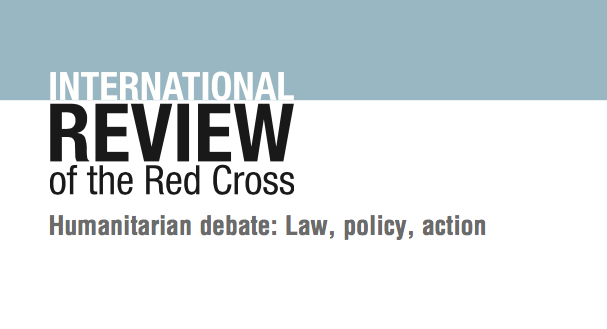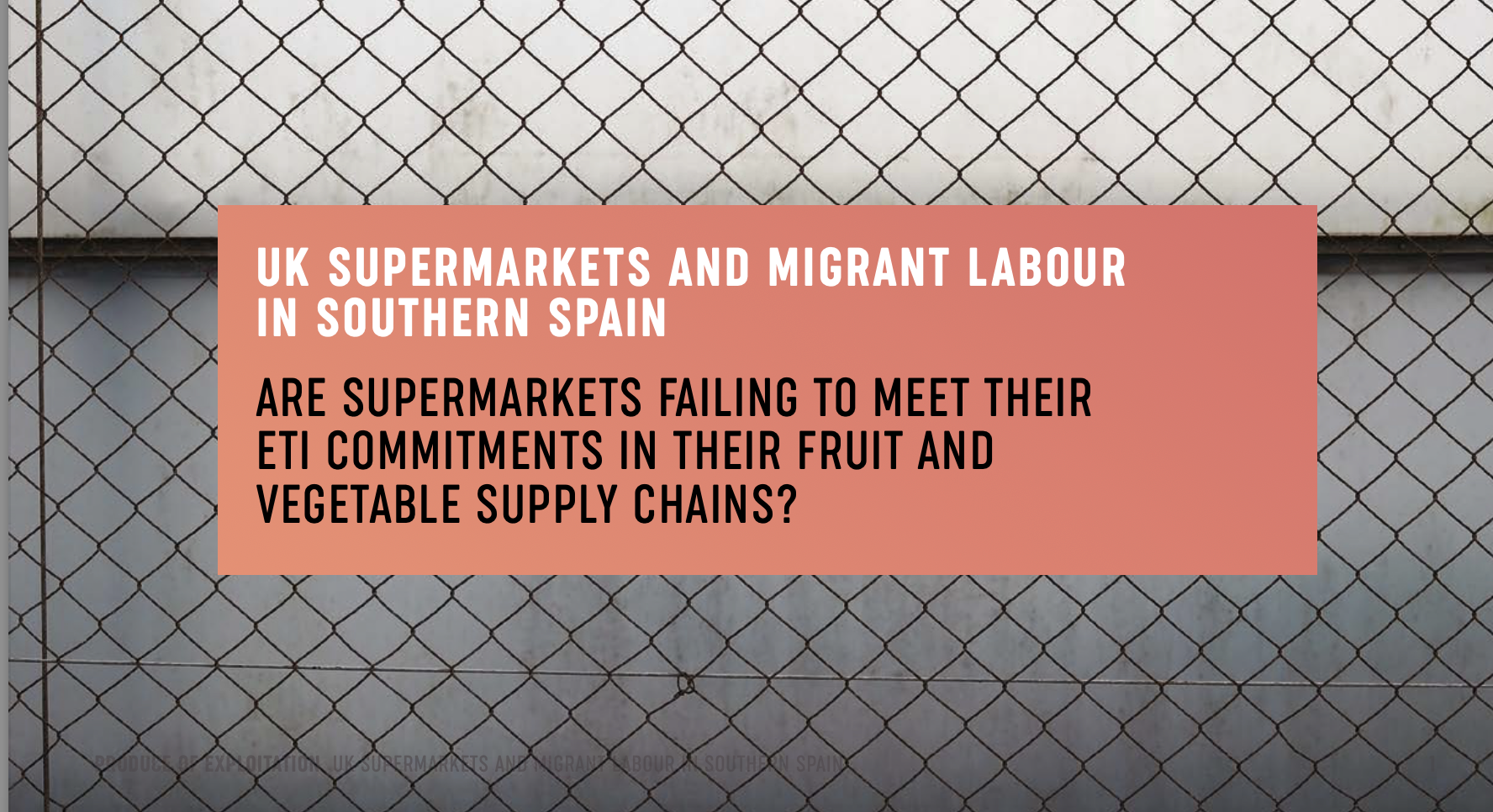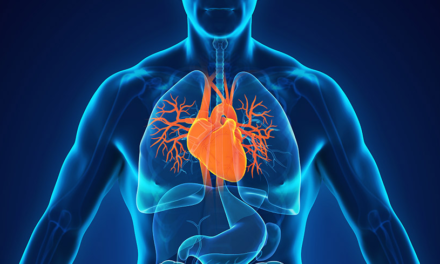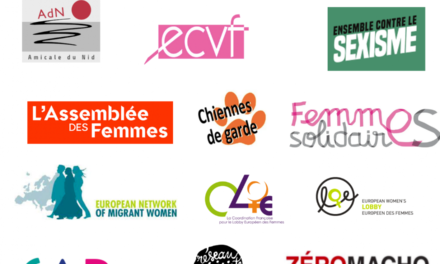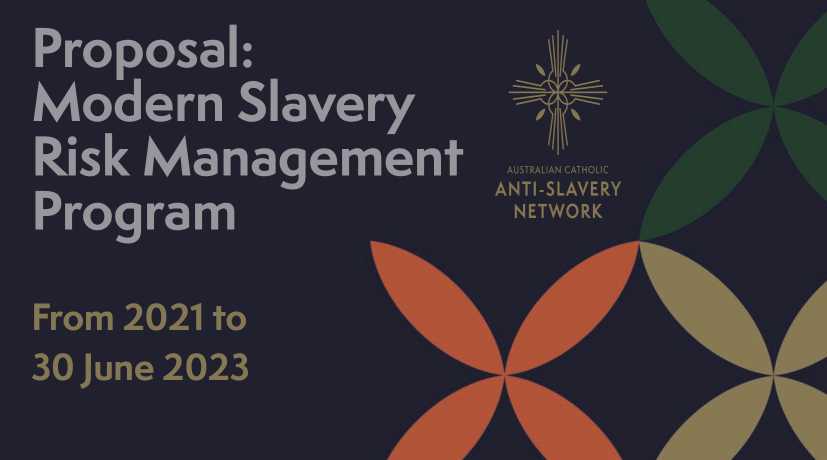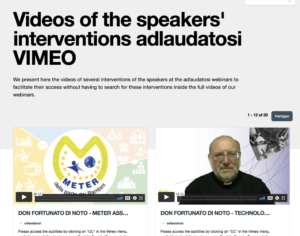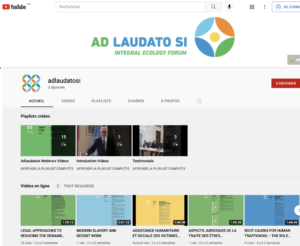The Influence of Consumer Choices on Trafficking
Human trafficking is a complex problem that is influenced by laws, policies, economics, private and public agencies, and culture. There’s not an easy fix, and consumer choices alone cannot change the plight of millions of victims. But many countries, including the United States, have begun looking at supply/demand economics as a source of influence. The hypothesis is that reducing demand for trafficking victims (through a mixture of harsher penalties for the traffickers and increased awareness by consumers) will begin to reduce the supply over time.
Here’s what you can do as a consumer to reduce United States demand for modern-day slaves:
- Know Your Sources. When possible, understand the sources of the products and services you enjoy. Products of Slavery features an interactive map that helps you understand which goods are most likely sourced by slaves, so you can find ways to avoid them. Examples include rice purchased from India, blueberries and strawberries from Argentina, and even fireworks from the Philippines.
- Reduce Risk. When you don’t know your sources, you can at least reduce your risk. Avoid the industries associated with human trafficking, such as sexually-oriented businesses, internationally-sourced garments, and internationally-sourced precious metals. Most human trafficking victims are held for sexual exploitation, so industries that support the trafficking of victims for sexual purposes bear special attention. Consumers cannot always know if they’re watching porn featuring minors, if they’re watching strippers who were trafficked into the business, or if they’re purchasing a sex act from a woman with a pimp who threatens her life. If you cannot know the source of your sexual gratification, then you can at least reduce your risk by not participating. Remember that the demand for purchased sexuality is what drives sex trafficking in the first place.
- Understand Your Slavery Footprint. If you live in the United States and consume goods and services, there’s a strong likelihood that a modern-day slave has worked to produce the goods and services you enjoy. Slave labor is often in the supply chain for popular goods, such as internationally-sourced seafood, makeup, diamond jewelry, and fashionable garments. Go to Slavery Footprint to determine which of your habits and purchases are most likely tied to human trafficking. This knowledge, in turn, can influence your choices as you move forward.
- Boycott Goods Produced by Slaves. Although you likely can’t know everything about your supply chain, take action on the items you can. Boycott those goods that you know are likely touched by slavery, and replace them with products that are certified Fair Trade. Not every industry uses the Fair Trade certification, but you can start with small purchases, such as coffee, body care, cocoa, and garments.
- Find Out More, and Act. There’s a wealth of information about human trafficking, and many public and private agencies are taking strong action against this gross violation of human rights. Check out the Polaris Project for more information about human trafficking and how you can help prevent and rehabilitate victims in the United States. You can also look for local agencies that are doing the hard work of addressing the needs of victims as they exit the industry.





